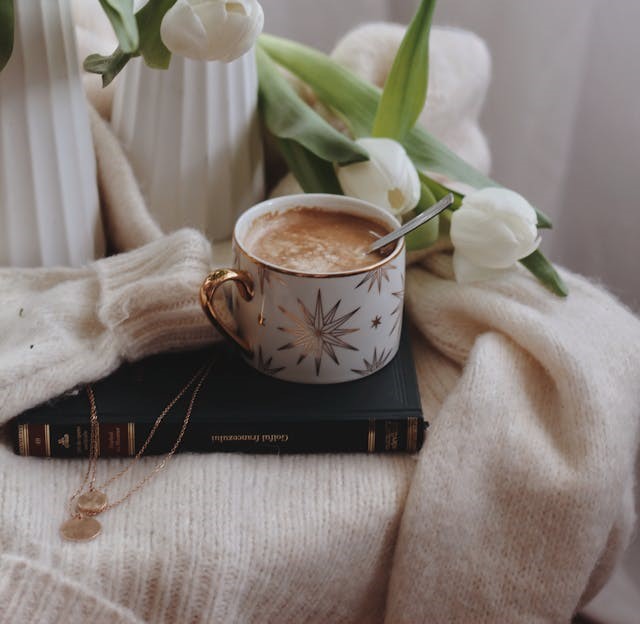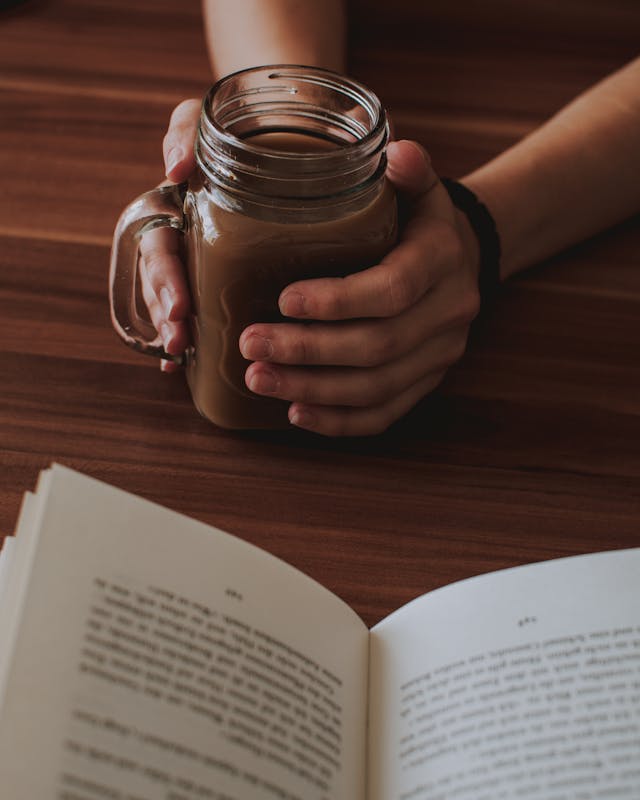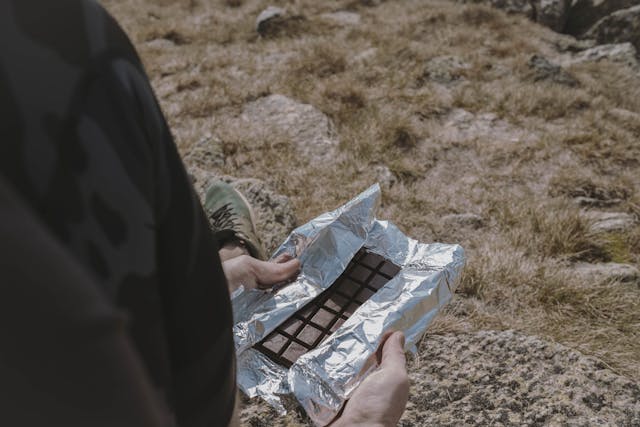
Beyond Fair Trade: Ensuring a Living Wage for Cocoa Farm Workers
March 8, 2024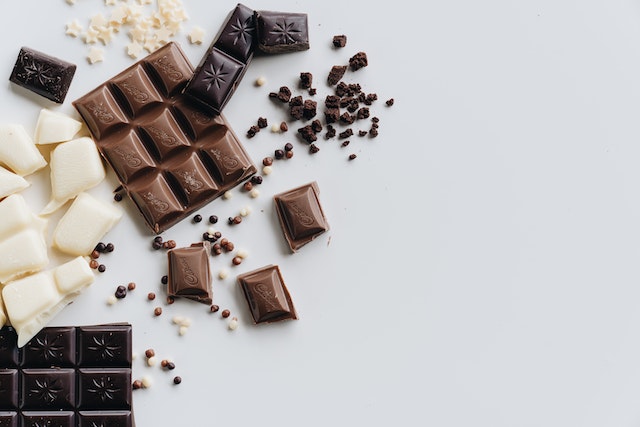
Calories in Chocolate – How to Eat Chocolate Without Gaining Weight
May 6, 2024What is Ceremonial Cacao?
And How to Make It
Over 4 thousand years ago, the Mayans consumed cacao as a frothy, bitter drink during spiritual ceremonies, though that wasn’t the only time they enjoyed the revered ‘food of the gods’. A chocolate bar, or even cacao powder, was unthinkable then.
Today, cacao is enjoyed worldwide as a mere comfort food, mostly in the form of chocolate bars and candies. But there’s a growing trend to revive the ancient Mayan practice of seeing in cacao more than just food. Comes in ceremonial cacao, cacao drunk with spiritual intention.
As the trend grows, many consumers are yet to understand what exactly ceremonial cacao is and whether it’s just another industry fad or it really offers its claimed benefits.
This article helps you understand ceremonial cacao, its benefits, and how you can brew yours at home.
What is Ceremonial Cacao?
Ceremonial cacao is pure cacao from high-quality, sustainably farmed cacao beans, minimally processed, and stone ground, with nothing added or subtracted from the content of the bean. It is cacao paste in its purest form, unlike cacao cake which has been drained of cacao butter to make cacao powder or cocoa powder.
The definition is simple but it’s not simplistic. To qualify as ceremonial grade cacao, the paste must possess some characteristics that differentiate it from other cacao products.
Note that ceremonial cacao is not yet an industry standardized label. This means some of the characteristics of what makes for ceremonial grade cacao are up for debate and a business may label its cacao as ceremonial grade even when it isn’t. It’s important that when you want to buy ceremonial-grade cacao, you should know exactly what characteristics you’re looking for. Know more about a cacao maker before you buy their products.
1. Ceremonial cacao comes from high-quality, fine flavour beans, preferably from Criollo or Trinitario species.
There are three main types of cacao varietals: Criollo, Forastero, and Trinitario. Criollo has a richer flavour profile but is less resistant to disease. Forastero is more resistant to disease, making it suitable for the mass production of cacao beans, but its flavour is not as rich as that of criollo. Meanwhile, Trinitario is a hybrid of criollo and Trinitario to reap from the strengths of both varieties, a rich flavour profile and greater resistance to disease.
2. Ceremonial cacao is single origin cacao.
Ceremonial-grade cacao can come from any cacao-producing part of the world, but it must be single-origin. Single-origin means the block of ceremonial grade cacao you get is made entirely with beans from a single location, farm or estate, in which case the flavour profile is the same. This contrasts with cacao or chocolate blended from beans sourced from multiple locations.
LEARN MORE: 5 Reasons Why Single Origin Chocolate is Better
Besides a unique flavour, another advantage of single-origin cacao or single-origin chocolate is transparency about sustainability practices.
Talking about sustainability…
3. Ceremonial cacao is made with sustainably grown cacao.
It is an open secret that the cacao-chocolate industry has a very dark side that will take a tough fight to eradicate. Deforestation and land degradation, violation of human rights, child labour, and poor farmer incomes make cacao or chocolate hard to consume without guilt for the conscientious consumer.
The spirit behind ceremonial cacao needs a guilt-free conscience and the knowledge that your drink goes a long way to support better farmer conditions and sustainable farming practices. Producers of ceremonial-grade cacao source their beans from heirloom family farms or from farmers with whom they have direct contact and know exactly the sustainable farming practices they use.
4. Ceremonial cacao is traditionally made.
Cacao beans go through many steps to become cacao liquor, powder, or solid chocolate. The initial steps, regardless of final product, include harvesting the ripe cacao fruit and removing its pulp-covered seeds known as beans, fermenting the beans, sun drying, roasting at high temperatures, and blending into cocoa liquor.
To make chocolate, the liquor is further ‘conched’, that is, finely ground for hours, then tempered, and allowed to set into desired shapes. To make cacao powder, the liquor is rather pressed to remove the cocoa butter (about 50% of the bean) and the resulting cake is ground into a powder. Cocoa powder, which is different from cacao powder, is cacao cake ‘dutched’ with alkali to reduce acidity and bitterness.
Most of the cacao products you find in the market go through the steps above. But not ceremonial cacao. The minimal processing of ceremonial cacao is what gives it the benefits consumers swear by. Ceremonial cacao bean is sun dried, roasted at low temperatures, the husk is removed, and the bean is stone-ground or hand ground into a ready-to-consume paste that can be allowed to set into a hard block. The minimal processing is how the ancients made their cacao.
5. Ceremonial cacao has no additives. And no subtraction.
Ceremonial cacao is pure cacao paste or cake, nothing added, nothing taken out from the cacao bean.
That doesn’t mean, however, that you cannot add sweeteners or spices to your ceremonial drink. A natural sweetener like honey is a favourite. You can also add milk and herbal spices. Refined sugar is frowned upon because the sugar high it gives masks the hum feeling that comes from ceremonial cacao, defeating the very purpose of the drink.
6. Ceremonial cacao is organic.
The reckless use of pesticides and fertilizers to increase yields to the detriment of soil and environmental health, and biodiversity preservation is out of sync with the spiritual significance of ceremonial cacao.
History of Ceremonial Cacao
While we may view cacao and chocolate today as foods that make us feel good, the Mayans and Aztecs saw cacao as more than just food. To the Mesoamericans, cacao, also known as the food of the gods, was a gift to them from the gods, and therefore used in religious rituals and ceremonies like births, marriages, baptisms, and funerals.
When explorers spread cacao consumption from Mesoamerica to Europe, the spiritual significance of the food got lost. The Europeans began transforming the bean into more than just a drink with the invention of the chocolate bar and cacao powder.
The cacao tree was later introduced to Africa by European colonisers as a cash crop for solid chocolate production. Today, Africa produces about 70% of the world’s cacao, used mostly for chocolate by European brands.
This journey from Mesoamerica to Europe, Africa, and other parts of the globe contributed largely to the modern view of cacao and chocolate as mere food. The re-emergence of ceremonial cacao is thanks to wellness enthusiasts and spiritual seekers. Ceremonial cacao is not a new trend. Rather it is a return to the ancient practices of the original owners of cacao.
Today’s cacao ceremonies are not the same as those of the ancient Americans. The practice has been adapted, even modernised, and is usually a private or individual ritual in contrast to the communal practice of the ancients. But today’s ceremonial cacao still maintains the spirit behind the ancient practice which is to enjoy cacao as a ritual food with spiritual significance, not mere food.
Difference between hot cocoa and ceremonial cacao
There are two main differences between hot cocoa and ceremonial cacao.
In terms of content, hot cocoa is made from processed powdered cacao whose butter has been pressed out, or shaved chocolate. It usually has added sugar and may be milk. Ceremonial cacao is pure cacao, minimally processed, with all the edible content of the cacao bean used to make the drink.
In terms of intent of consumption, hot cocoa is enjoyed for its chocolatey flavour, or even as a replacement for coffee because it has a lower caffeine content. Ceremonial cacao is drunk for its spiritual significance.
Difference between ceremonial cacao and raw cacao
Raw cacao is made from unroasted cacao beans while ceremonial cacao is minimally roasted to improve flavour. Raw cacao comes in various forms like raw cacao nibs, raw chocolate, or raw cacao powder that has been cold pressed to remove its butter. Ceremonial cacao always uses the whole cacao bean and is made purposely to be drunk with contemplation for cacao’s spiritual significance.
Let’s turn now to a burning question.
Benefits of Ceremonial-Grade Cacao
Ceremonial cacao is high-grade pure cacao used as heart-opening medicine in a ritual setting. This heart opening effect is attributed to the stimulant action of theobromine.
Drunk as part of a spiritual exercise, ceremonial cacao can be used to find inner peace or healing of the mind.
In terms of chemical and nutrient composition, studies have shown that the raw cacao bean is one of the most nutritious foods in the world with the ability to protect the body from the effects of free radicals, reduce stress and depression, and protect against heart diseases and many types of cancer.
However, the raw bean goes through a lot of processing before consumers get it as cacao nibs, powder, or chocolate. The research on effect of processing, especially roasting, on the flavanol content is conflicting. On one hand, research shows that while some processing is necessary to develop flavour and reduce antinutrients, too much processing reduces the nutritional value and antioxidant properties of cacao. High temperatures can cause a loss of essential fatty acids, essential amino acids and digestible carbohydrates, and may destroy vitamins. On the other hand, there’s evidence that processing may not decrease the health benefits of cacao.
With minimal processing and no additives or subtractions, ceremonial-grade cacao is believed to retain much of the content of the raw bean, which makes it better than most cacao products, and most suitable for use in rituals.
Ceremonial-grade cacao is better than cacao powder or cocoa powder from which the butter has been wrung out. Besides polyphenols, cacao butter is a good source of Vitamin D. Ceremonial-grade cacao is better than alkalized cocoa powder because the dutching process reduces the amount of cacao flavanols, and consequently its antioxidant benefits.
You can get the same ‘spiritual’ benefits of ceremonial cacao from any cacao drink, especially 100% cacao powder or dark chocolate, as the effects come from the action of the methylxanthines caffeine and theobromine, which are present in all cacao products, though in varying percentages. However, the difference between ceremonial cacao and normal cacao is in the higher nutritional content, ethical sourcing, AND the intention behind ceremonial cacao.
Talking about methylxanthines,
Ceremonial Cacao is Not a Drug
Ceremonial cacao is neither a hallucinogenic nor a psychoactive drug. While cacao has methylxanthines like caffeine and theobromine, and other mood-enhancing substances like tryptophan, , their quantities are so small that their psychoactive and mood-altering effects are not pronounced. As with coffee, consumers can enjoy ceremonial cacao daily for its emotional and psychological benefits without the risks associated with mind-altering drugs like cannabis.
If ceremonial cacao is not a drug, can you drink it as often as you want? Is there a daily limit to how much cacao you can consume?
How Much and How Often To Drink Ceremonial Cacao
Consumers of ceremonial cacao seek a special feeling and experience during their ceremony. Low doses may produce minimal or no effects while too high amounts can make you feel sick. So how do you then decide the right dose for you?
Let your body and mind answer that question. You can experiment with different amounts to get that right dose. However, also consider the amount of caffeine you may be drinking and your calories-in if your sights are on your weight.
Finally, let’s get to another important concern.
How to Make Ceremonial Cacao
Making ceremonial cacao at home is pretty simple.
1. Shave or cut the quantity you want from your ceremonial-grade cacao block.
2. Heat your cacao in a pot of hot water until it’s completely melted. The ratio of cacao to water depends on the consistency you want. Now you’ve got your ceremonial cacao, the next step is optional.
3. You can add a natural sweetener like honey, maple syrup, and spices like cayenne, cardamom, ginger, turmeric, maca, etc.
Conclusion
Ceremonial cacao is gaining popularity, but it is not a new trend. It is a return to the ancient practices of the Mayans and Aztecs who saw cacao not just as food, but as a gift of the gods to them. The cacao bean held spiritual significance and was used as part of their religious practices in rites of passage.
References:
https://www.thechocolateprofessor.com/blog/ceremonial-cacao
https://toakchocolate.com/blogs/news/what-exactly-is-ceremonial-cacao
https://medium.com/cacao-ceremonies/what-is-ceremonial-cacao-what-makes-it-ceremonial-9ba9334bc77f
https://medium.com/cacao-ceremonies/whats-the-difference-between-ceremonial-cacao-regular-cacao-powder-56937616119e
https://www.ncbi.nlm.nih.gov/pmc/articles/PMC5852288/
https://en.wikipedia.org/wiki/Dutch_process_cocoa
https://www.healthline.com/nutrition/cocoa-butter
https://morugacacao.com/en/blogs/cacao-ceremony-guide/history-of-the-cocoa-ceremony
Chocolate Extinction: Fact vs. Fiction + What Chocolate Lovers Can Do
Chocolate ExtinctionFact vs. Fiction, What Consumers Can Do Share On Facebook Twitter Email Is the world really running out of chocolate? Not really. Currently the global […]
Corporate Chocolate Gifting Ideas to Appreciate Employees and Delight Clients
Corporate Chocolate GiftingHow to Appreciate Employees & Delight Clients Share On Facebook Twitter Email When it comes to corporate gifting, a one-gift-fits-all approach just doesn't cut […]
Cacao Supper Club at Home: Guide to Tasting Chocolate, Cacao Tea, and Pulp Juice
Cacao Supper Club at HomeGuide to Tasting Chocolate, Cacao Tea, and Pulp Juice Share On Facebook Twitter Email Imagine gathering around the table with a few […]
